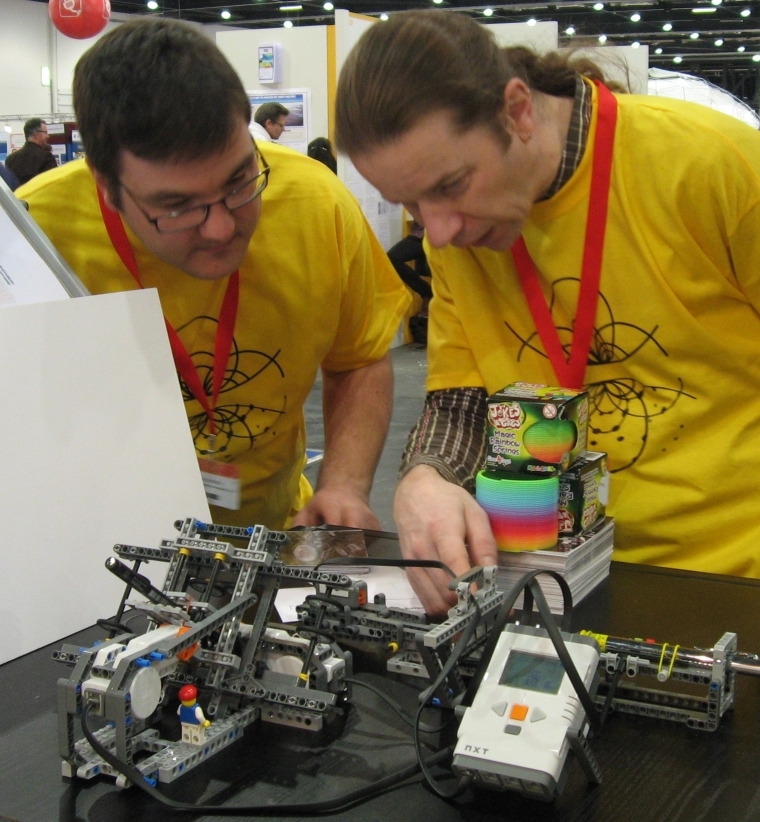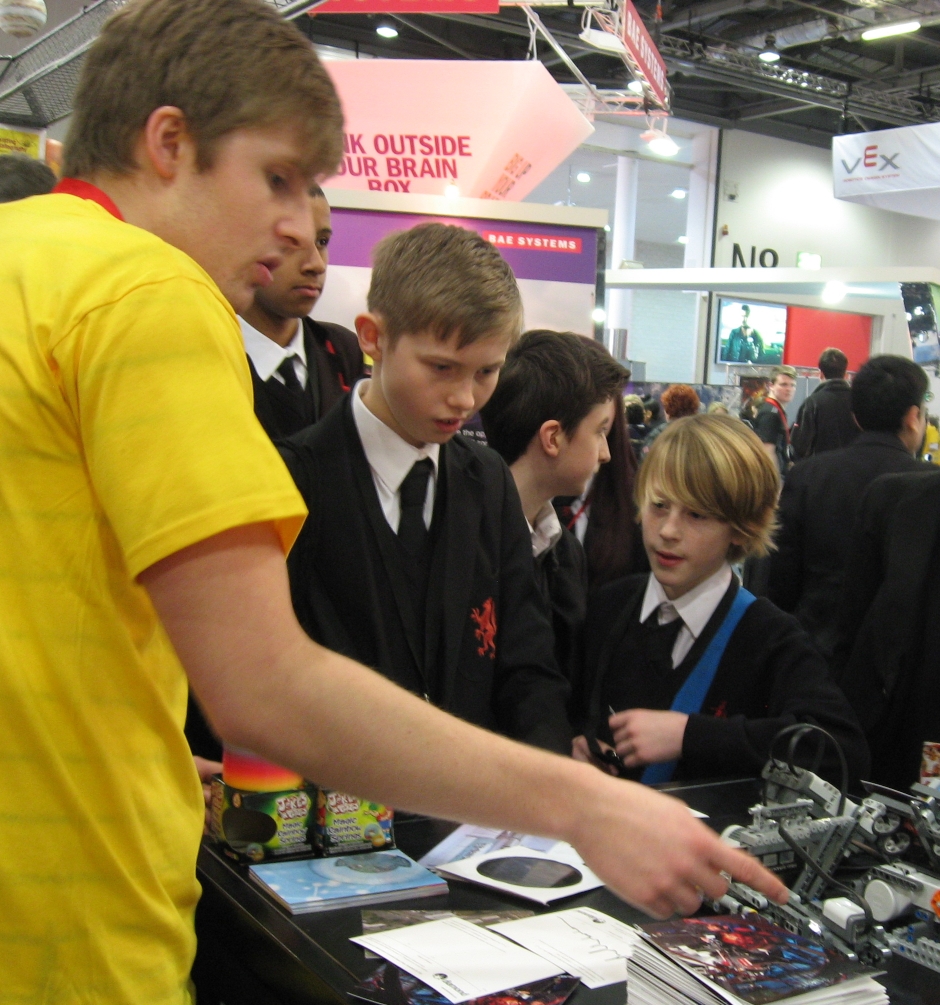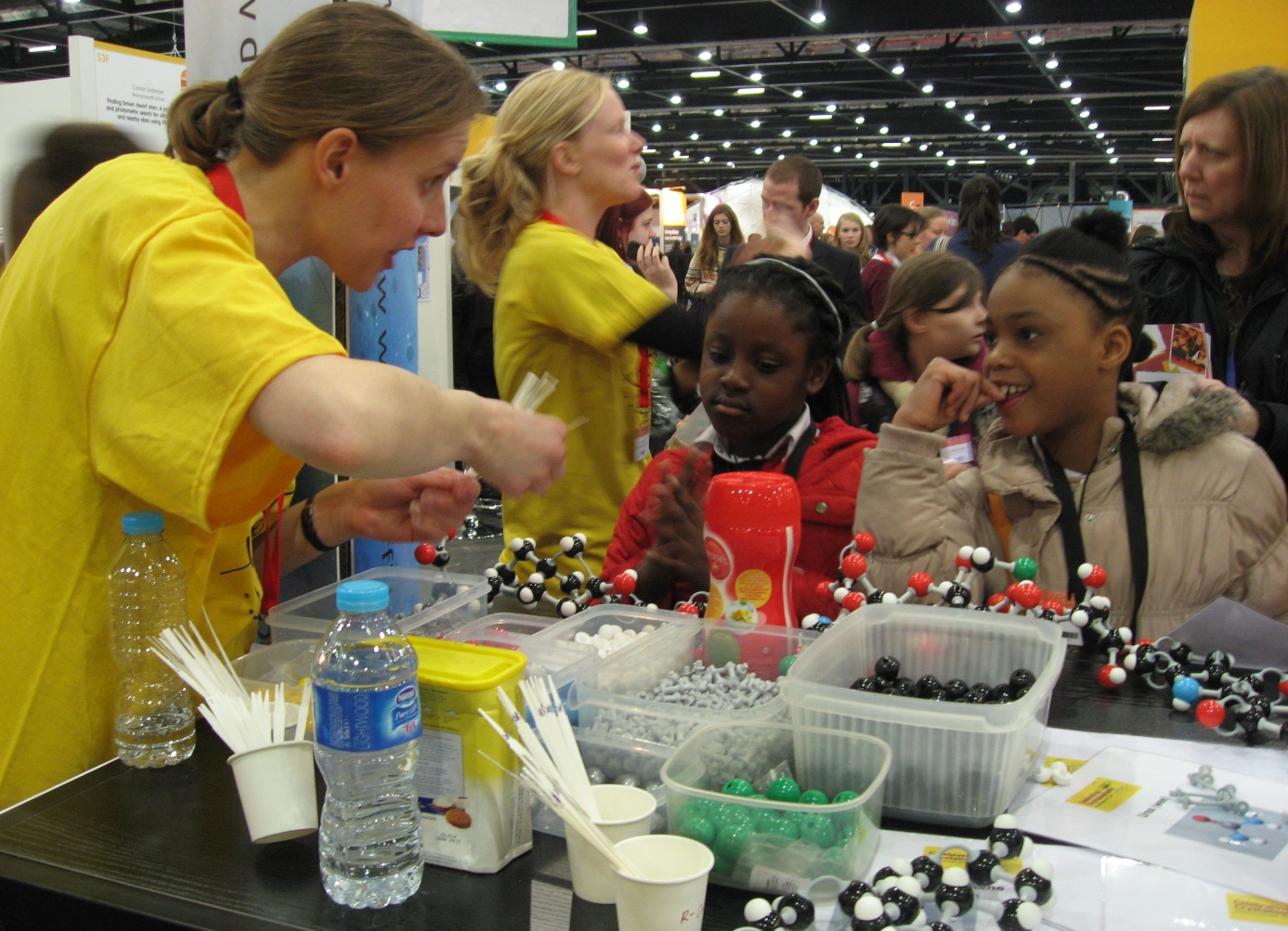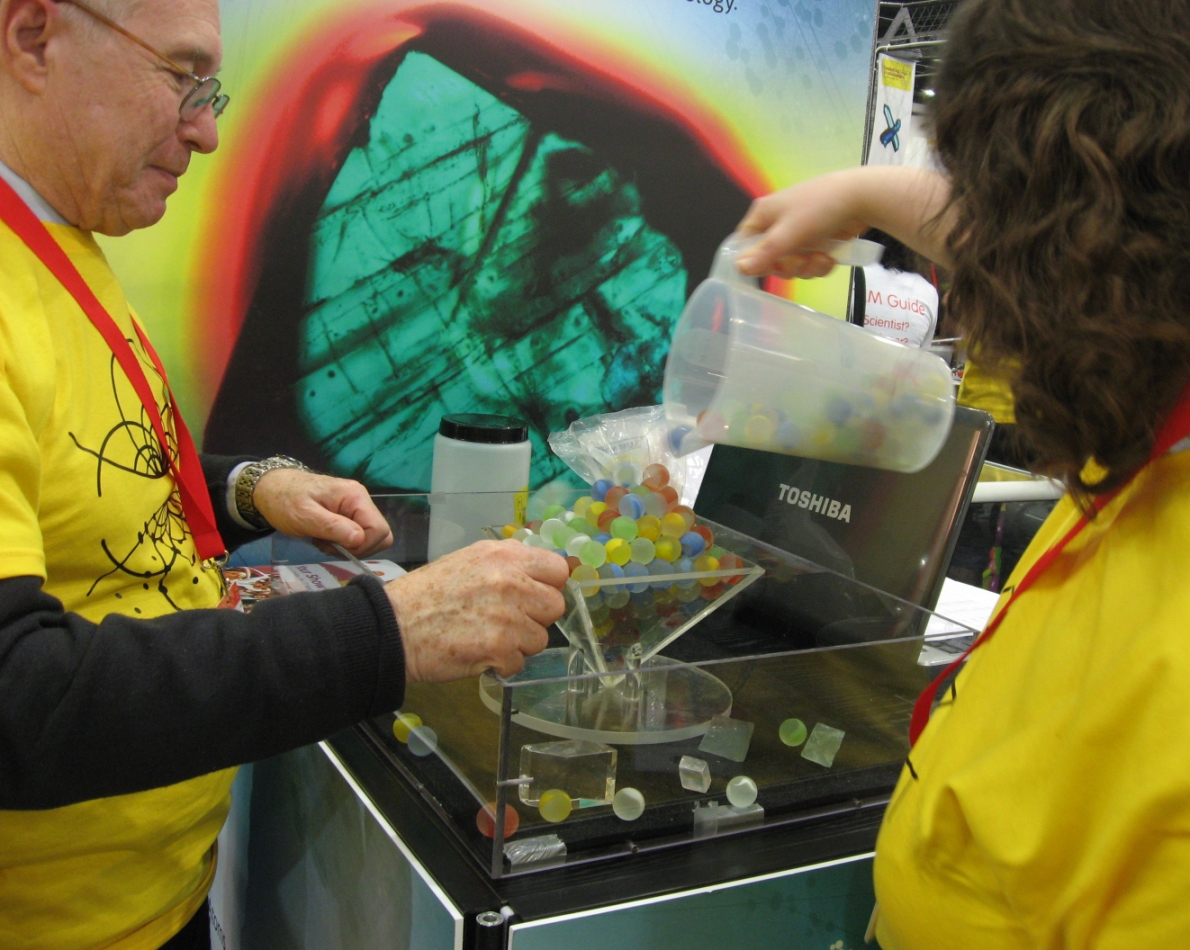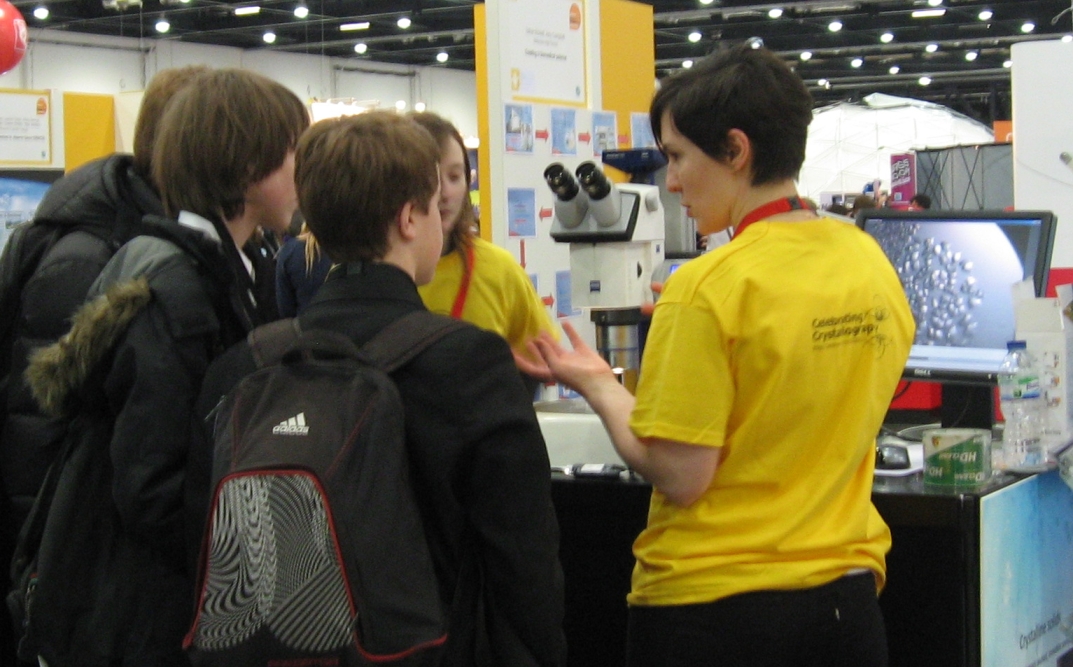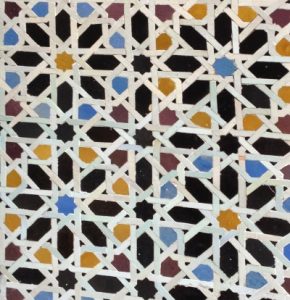 The sixth Moroccan school of Crystallography was held in November 2016 at Université Moulay Ismaïl in the historic Moroccan city of Meknes. Richard Cooper gave a lecture on Structure Validation and Visualisation and a one day workshop on Refinement and Validation using the CRYSTALS software.
The sixth Moroccan school of Crystallography was held in November 2016 at Université Moulay Ismaïl in the historic Moroccan city of Meknes. Richard Cooper gave a lecture on Structure Validation and Visualisation and a one day workshop on Refinement and Validation using the CRYSTALS software.
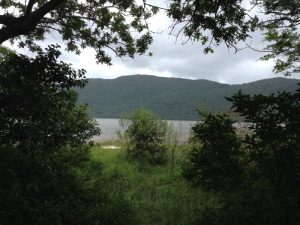 The 3rd Edition of the School of Crystallisation and Crystallography for Latin America organised by Prof. Carlos Campos was held in December in FlorianĂłpolis, Brazil. The quiet setting in a monastery south of the main centre of FlorianĂłpolis provided ideal conditions for an intensive week of crystallography lectures, posters and discussions. Richard Cooper attended to lecture on crystallographic modelling and structure solution methods.
The 3rd Edition of the School of Crystallisation and Crystallography for Latin America organised by Prof. Carlos Campos was held in December in FlorianĂłpolis, Brazil. The quiet setting in a monastery south of the main centre of FlorianĂłpolis provided ideal conditions for an intensive week of crystallography lectures, posters and discussions. Richard Cooper attended to lecture on crystallographic modelling and structure solution methods.
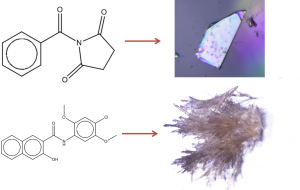 Annotated articles are based on research from a range of Royal Society of Chemistry journals that has been re-written into a standard, accessible format.
Annotated articles are based on research from a range of Royal Society of Chemistry journals that has been re-written into a standard, accessible format.
An annotated article on predicting and controlling the crystallinity of molecular materials by Jerome Wicker and Richard Cooper aims to help readers to understand the research the journal article is based on, and how to read and understand journal articles. Our research article was originally published in CrystEngComm.
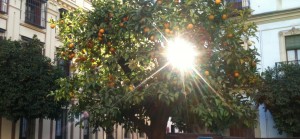 The annual Masters in Crystallography and Crystallization is organised by Universidad Internacional MenĂ©ndez Pelayo, La FactorĂa de CristalizaciĂłn, and CSIC (the Consejo Superior de Investigaciones Scientificas). The core module of the course is hosted during October and November in Seville. Richard Cooper from Chem Cryst gave lectures and a workshop for two days on crystallographic structure solution through charge-flipping (based on Pr. Chapuis’ course material) and the mathematics and practicalities of structure refinement.
The annual Masters in Crystallography and Crystallization is organised by Universidad Internacional MenĂ©ndez Pelayo, La FactorĂa de CristalizaciĂłn, and CSIC (the Consejo Superior de Investigaciones Scientificas). The core module of the course is hosted during October and November in Seville. Richard Cooper from Chem Cryst gave lectures and a workshop for two days on crystallographic structure solution through charge-flipping (based on Pr. Chapuis’ course material) and the mathematics and practicalities of structure refinement.
In celebration of the Bragg centenary, a short animated film has been released which details the journey of X-ray crystallography from the work of Max von Laue right up to the present day. The film was produced for the Royal Institution as part of the Ri Crystallography Collection
Dr Pavlo Solntsev from the Department of Chemistry, University of Minnesota, USA, has written a detailed manual demonstrating the principles of modelling disorder in CRYSTALS. It is available here. Below are two videos which accompany the material in the manual. Pavlo can be contacted at pavlo.solntsev at gmail.com.
The Big Bang Fair is a free educational event open to visiting school groups that happens in March every year moving round the country. It works with partner organisations across business and industry, government and academia to try and give a flavour of the real scale of engineering and science in the UK, aimed at showing young people (primarily aged 7-19) just how many exciting and rewarding opportunities there are out there for them with the right experience and qualifications.
This year the Big Bang Fair is being held in the London, ExCeL Arena, 14th-17th March. Since 2013 is the Bragg centenary, STFC have very kindly funded a stand at this year’s fair, which will be totally dedicated to crystallography. The BCA, Diamond Light Source, ISIS and STFC have worked together to develop the stand designed to tell everyone how great crystallography is through the medium of hands on activities, lasers, and sweets. The fair is expecting 75,000 people (mostly children) through the doors over the course of four days, so Andrew Cairns, Josh Hill, Nick Funnell, Mike Glazer, George Pidgeon, Karim Sutton and Amber Thompson are all going along from Oxford to help out. Here are some photos of the first day.
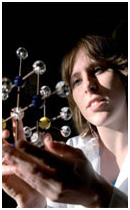
 Not content with showing off the eye-catching brilliance of her new diamond engagement ring, final year Inorganic Chemistry student Rowena Scott wanted to reveal the beautiful symmetry of its atomic structure. She recorded an X-ray diffraction pattern from the diamond using one of the Chemistry Department’s new state of the art, SuperNova dual source X‑ray diffractometers.
Not content with showing off the eye-catching brilliance of her new diamond engagement ring, final year Inorganic Chemistry student Rowena Scott wanted to reveal the beautiful symmetry of its atomic structure. She recorded an X-ray diffraction pattern from the diamond using one of the Chemistry Department’s new state of the art, SuperNova dual source X‑ray diffractometers.
Rowena’s current research project with Dr Simon Clarke involves the synthesis of iron chalcogenide superconductors. The structures of these materials are then determined using single crystal X-ray diffraction techniques.
Chemical Crystallography Service manager, Dr Amber Thompson said “We see a wide range of materials of varying crystallinity from many research groups in the Department of Chemistry, usually grown at the bottom of glass schlenks or flasks; it’s not often that such a lovely crystal turns up mounted in a band of gold”.
 The diffracted X-rays were measured while rotating the diamond in an X-ray beam. The resulting diffraction pattern shows the position and intensity of the beams diffracted by the organised structure of carbon atoms in the crystal. The white rings overlaid on the image indicate the angles at which diamond peaks are expected to occur, which agree with the collected data.
The diffracted X-rays were measured while rotating the diamond in an X-ray beam. The resulting diffraction pattern shows the position and intensity of the beams diffracted by the organised structure of carbon atoms in the crystal. The white rings overlaid on the image indicate the angles at which diamond peaks are expected to occur, which agree with the collected data.
Diamond diffracts X-rays so efficiently that the X-ray generator had to be run at 10% of its usual power in order to avoid overloading the X-ray detector.
Congratulations to Dr David Watkin who received an award under the Oxford Teaching Awards scheme for excellence in teaching as attested by student feedback and with the support of the department. He received a certificate presented by Professor Andrew Hamilton, the Vice-Chancellor of Oxford at Rhodes House.
The Oxford Teaching Awards scheme, co-ordinated by the Oxford University Learning Institute, recognises outstanding contributions award winners have made to teaching and learning at Oxford.
Cryst. Rev. (2010), 16(3), 197-230. Â Â [ doi:10.1080/08893110903483246 ]
X-ray single crystal structure analysis has become a gold standard for the determination of molecular geometry. The reliability of the technique is a triumph for science and technology working together. The uniqueness of well-crystalline material intrigued early natural philosophers, and their examinations, followed by the discovery of the diffraction of X-rays by crystals, led to the powerful technology that we now enjoy. For about three quarters of a century molecular structure determination has been a driving force for crystallographic research, but now that the science has matured into a technology, interest is returning in trying to understand the nature of crystals themselves.
